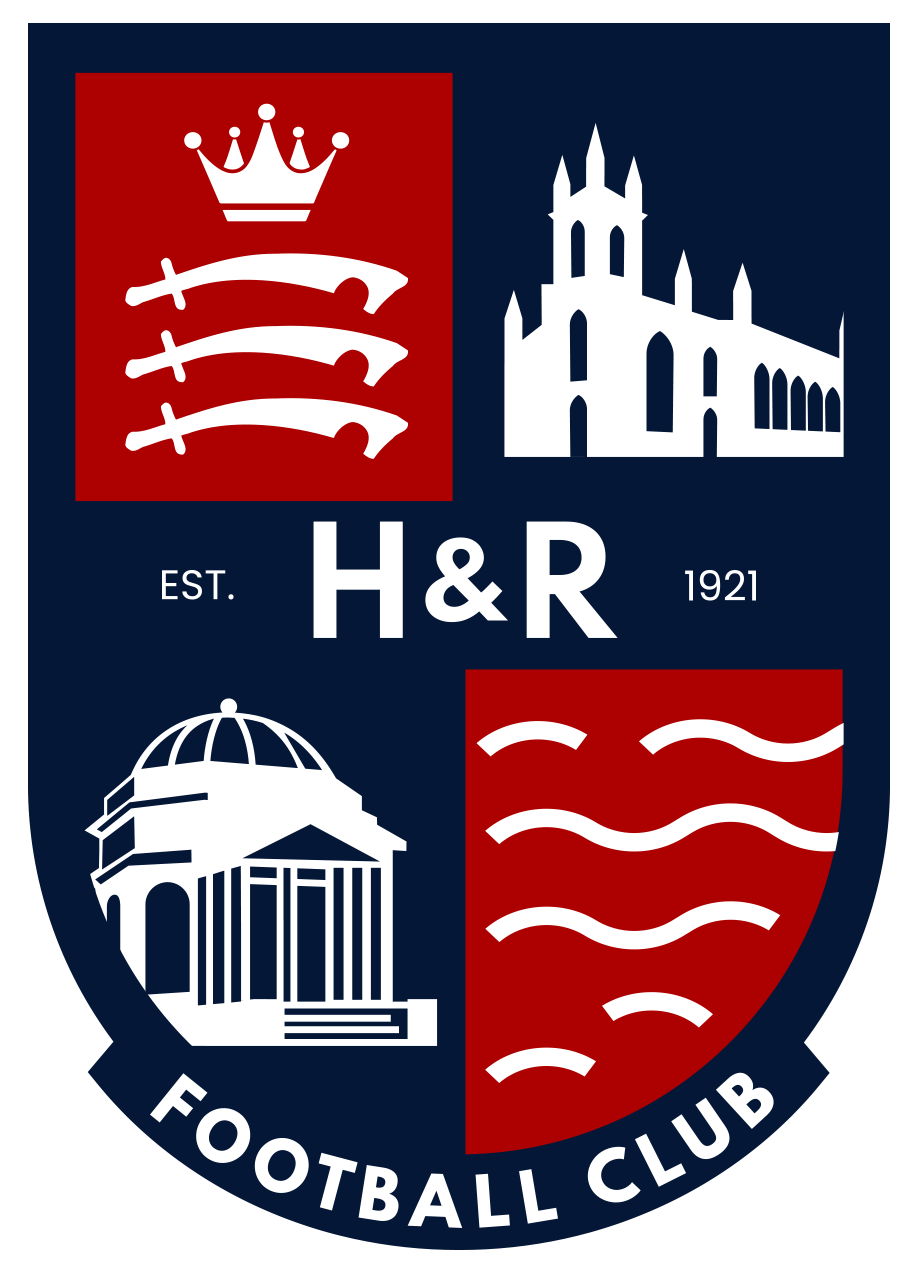HAMPTON, AROUND AND ABOUT
Things you may not know, or didn’t know you knew!
No 23 THE TIDE IS HIGH
The River Thames flows gently past Hampton adding to the scenic view – not forgetting the world famous view from the top of Richmond Hill. Unfortunately, the Thames has another side to it, a reputation for flooding on a regular basis, causing many deaths, damage to property and depositing foul sewage (so what else is new!).
This is a list of some, not all, of the notable floods prior to the building of the Thames Barrier…
1791;1852;1875;1877;1894;1910 (2);1928;1947;1953.
Many floods were caused by weather conditions (gales, storms etc) combined with unseasonal high tides, leading to storm surges such as the 1953 floods which devastated Canvey Island and the East Coast. In 1953 at least 300 people died and there was massive damage caused (Canvey Island FC have no club records prior to 1953).
Many places alongside the Thames have ‘flood markers’, these indicate the heights that the river has reached. Twickenham Riverside has markers near St Mary’s Church. Bell Weir Lock (named after its first lock keeper, Charles Bell) is close to Runnymede and has markers for 1894 and 1947 – a future article will have a closer look at the 1894 flood.
In 1857 The Thames Conservancy Board was set up to improve the condition of the Thames as far as Staines, nine years later it was extended to cover up to Cricklade. Currently the Port of London Authority has responsibility from Teddington, to the sea whilst the Environment Agency looks after the rest. Complaints about the work of these agencies are nothing new.
In February 1877 the Surrey Comet carried reports about their most recent flood. Nine inches of rain had fallen in two months and there was flooding in Kingston, Hampton Wick and Hampton. At a local Board Meeting several comments were made,
“So long as people continued to build homes below the flood levels, they could expect to have their basements flooded at certain periods of the year”, and,
“It was absurd to think that the Thames could be embanked from Cricklade to the Sea”.
In other words, don’t build on a flood plain – which people still do. However, if you walk along the Thames now, particularly in London, you will find embankments thanks to the building of the Victorian Sewage system.
The situation was no better 33 years later in February, 1910, again it was reported by the Surrey Comet, that the river rose 4 feet over the summer levels, flooding the Mitre Hotel, by Hampton Court Bridge, and extending over the both the Middlesex side of the river and into East Molesey. Just a few months later in December, Hampton riverside was again under water. Mr Langstone’s boathouses were inundated, flooded to a depth of several feet.
The Thames Barrier became operational in 1982, its purpose to prevent storm surges affecting London and is regularly brought into action. However, there is little that can be done to solve the problem of rising river levels being caused by excess water flowing downstream through the local area, but at least there is now a system of flood alerts in place.
Just as I was finishing this article, I was made aware (by Lesley) that the Hampton Court Palace Moat has flooded!
The Old Historian
External Links:
www.hrbfc.co.uk - Official website
www.hrbfc.live - Streaming & donations
www.hrbfc.net - Unofficial fans forum
www.hrbfc.org - Archive 1959-2017
- Unofficial forum for supporters of Hampton & Richmond Borough FC
- All times are UTC+01:00
- Delete cookies
- Privacy
- Terms
- Contact us
Powered by phpBB™ • Design by PlanetStyles
